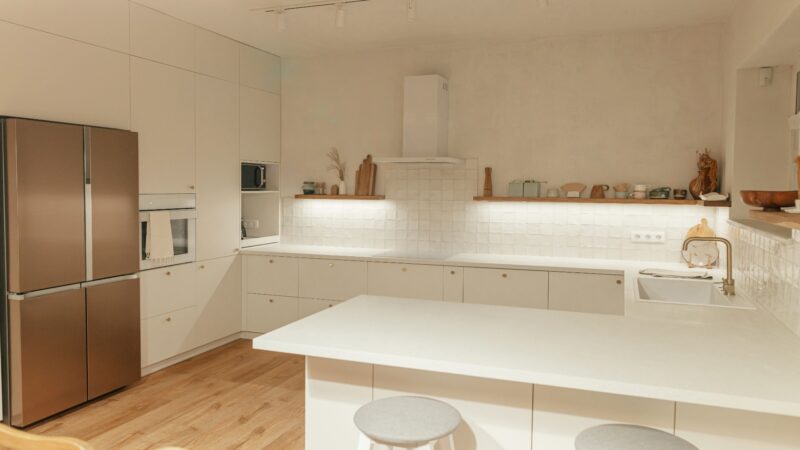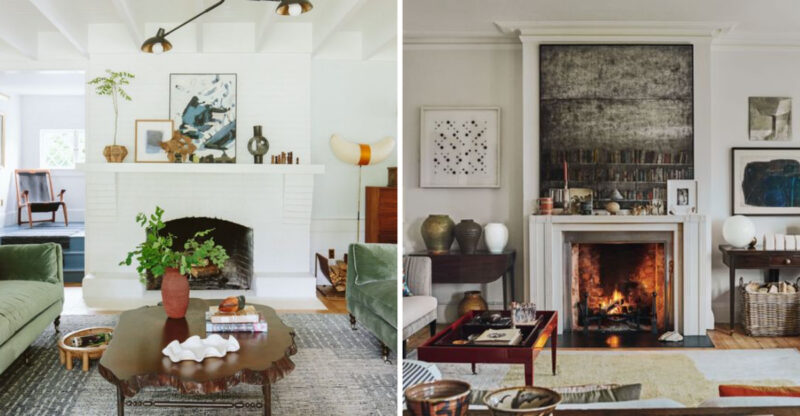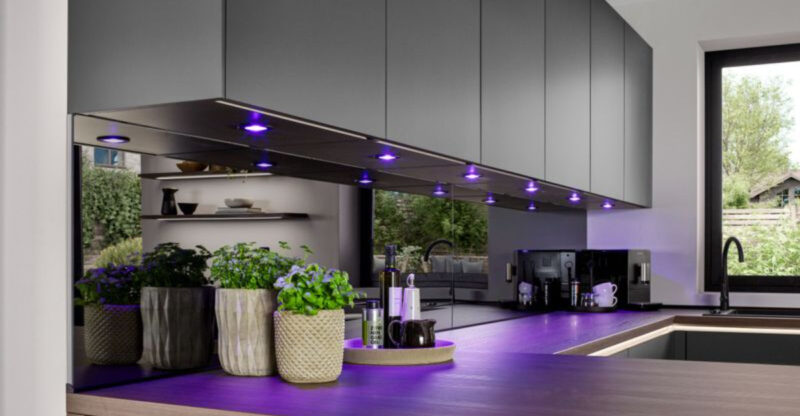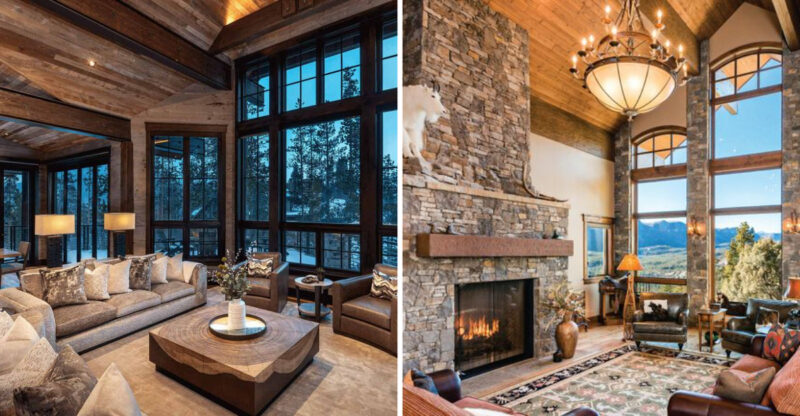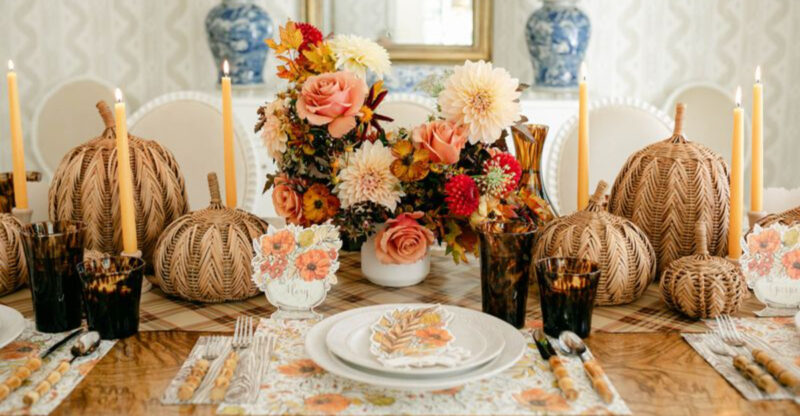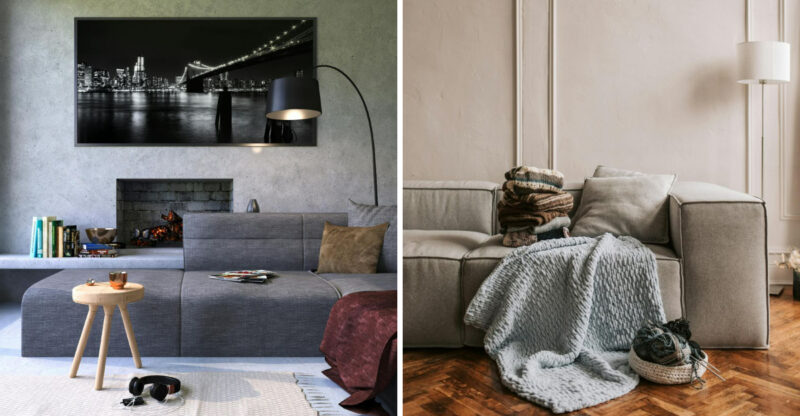9 Common Mistakes To Avoid When Decorating A Small Room
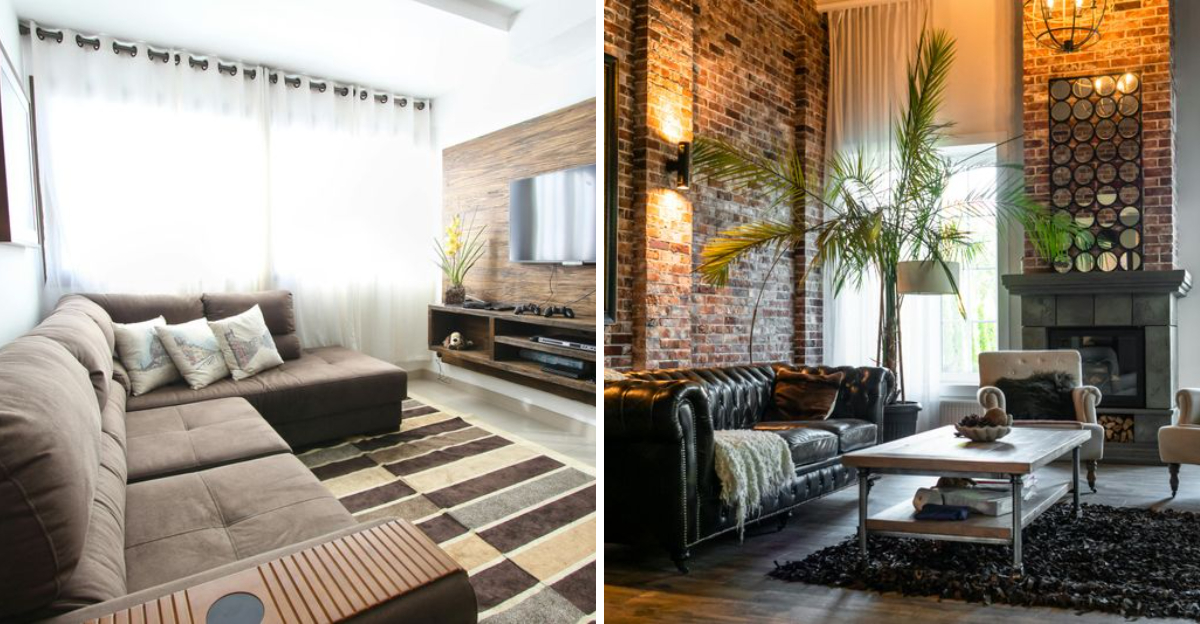
Decorating a small room can feel like a puzzle, one wrong piece, and the whole space looks cluttered or cramped. It’s easy to fall into traps like using bulky furniture or skipping over smart storage solutions.
But with the right approach, even the tiniest room can feel spacious, stylish, and functional. I’ll walk you through nine common decorating mistakes and how to avoid them so your small space works harder and looks better.
These tips are based on general design principles and may need to be adapted for specific room layouts or personal preferences.
1. Squeezing In Oversized Furniture
When shopping for that perfect sofa, many folks forget to measure their doorways first! The scale of your furniture makes or breaks a small room’s flow. Bulky couches and massive entertainment centers eat up precious floor space, making even the brightest room feel like a storage closet.
Choose furniture that fits your space proportionally. Look for slim-profile pieces with exposed legs that create visual lightness.
Multi-functional items like storage ottomans or nesting tables give you style without sacrificing square footage.
2. Cramming Every Corner With Stuff
How often I’ve walked into small rooms where the owner tried to fit their entire life collection! Overcrowding is the fastest way to make visitors feel claustrophobic. Too many items create visual chaos and make cleaning nearly impossible.
Embrace negative space as your friend. Select a few statement pieces rather than dozens of small trinkets. Remember that breathing room between objects creates a sense of calm and order. Quality over quantity should be your mantra when decorating compact areas.
3. Neglecting Proper Lighting Layers
Though many homeowners install a single ceiling fixture and call it done, poor lighting makes even the cutest room feel like a cave. Lighting shapes perception of space more than almost any other element.
Layer your lighting with purpose! Combine ambient (general), task (functional), and accent (decorative) lighting.
Wall sconces save precious table space while providing beautiful illumination. Consider LED strips under cabinets or behind furniture to create depth without taking up any floor space at all.
4. Forgetting To Look Up And Use Height
Where do most people focus their decorating energy? Usually at eye level, while ignoring the vertical goldmine above! Vertical space is your secret weapon in small rooms.
Draw the eye upward with tall bookshelves, hanging plants, or vertical striped patterns. Install shelving near the ceiling to store less-used items while creating architectural interest.
Floor-to-ceiling curtains make windows appear larger and ceilings higher, even in the tiniest rooms.
5. Mixing Too Many Bold Patterns
Are you guilty of pattern overload? Multiple competing patterns create visual noise that makes small spaces feel chaotic and disjointed. Your eye needs places to rest, especially in compact areas.
Limit yourself to 2-3 patterns maximum, keeping scale in mind. Pair a large-scale pattern with a medium and small one for balance.
Consider using texture instead of patterns for some elements. A chunky knit throw or grasscloth wallpaper adds interest without competing visually.
6. Ignoring Hidden Storage Potential
It’s shocking how many people complain about clutter while ignoring prime storage opportunities! Without smart storage, even the most stylish small room quickly becomes overwhelmed by everyday items.
Look for furniture that multitasks, beds with drawers underneath, coffee tables with shelves, or ottomans that open. Utilize dead space like the area above doors, for shelving. Even the backs of doors can hold organizers for everything from shoes to cleaning supplies.
7. Missing The Magic Of Mirrors
Did you realize mirrors are practically magic in small spaces? Skipping reflective surfaces means missing out on one of the most effective visual expanders available.
Strategically place mirrors to reflect light sources or windows, instantly doubling the perceived brightness. A large mirror across from your window creates the illusion of another room beyond.
Beyond traditional mirrors, consider reflective surfaces like glass tables, metallic accessories, or glossy cabinet fronts to amplify light throughout the space.
8. Going Dark With Wall Colors
If you’ve painted your tiny bathroom navy blue because it looked amazing on Pinterest, you might have discovered the shrinking effect of dark colors firsthand! Heavy, dark hues absorb light rather than reflect it, making walls visually advance toward you.
Lighter shades expand visual boundaries and maximize natural light reflection. This doesn’t mean you’re stuck with white!
Soft pastels, light neutrals, and cool tones create airiness while still offering personality. Want drama? Add dark accents through artwork or textiles instead of permanent elements.
9. Blocking Natural Movement Paths
Ever shuffled sideways to navigate through a room? Failing to create clear pathways is both annoying and potentially dangerous. Proper circulation is essential, yet often overlooked when arranging furniture.
Leave at least 30 inches for main walkways and 15-18 inches between seating and tables. Map out traffic patterns before placing furniture, not after.
Consider furniture with rounded corners in tight spaces to prevent painful hip checks when moving through the room.

